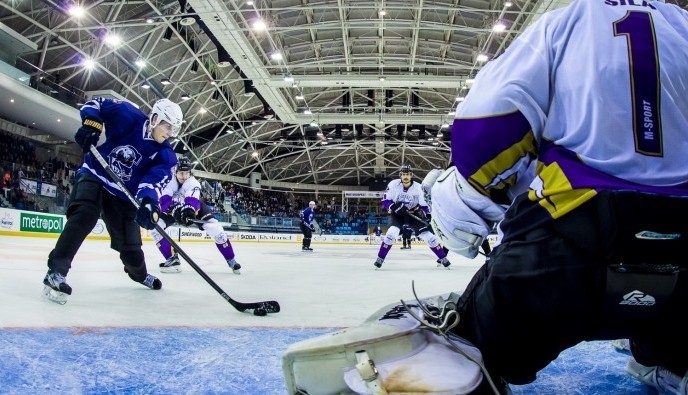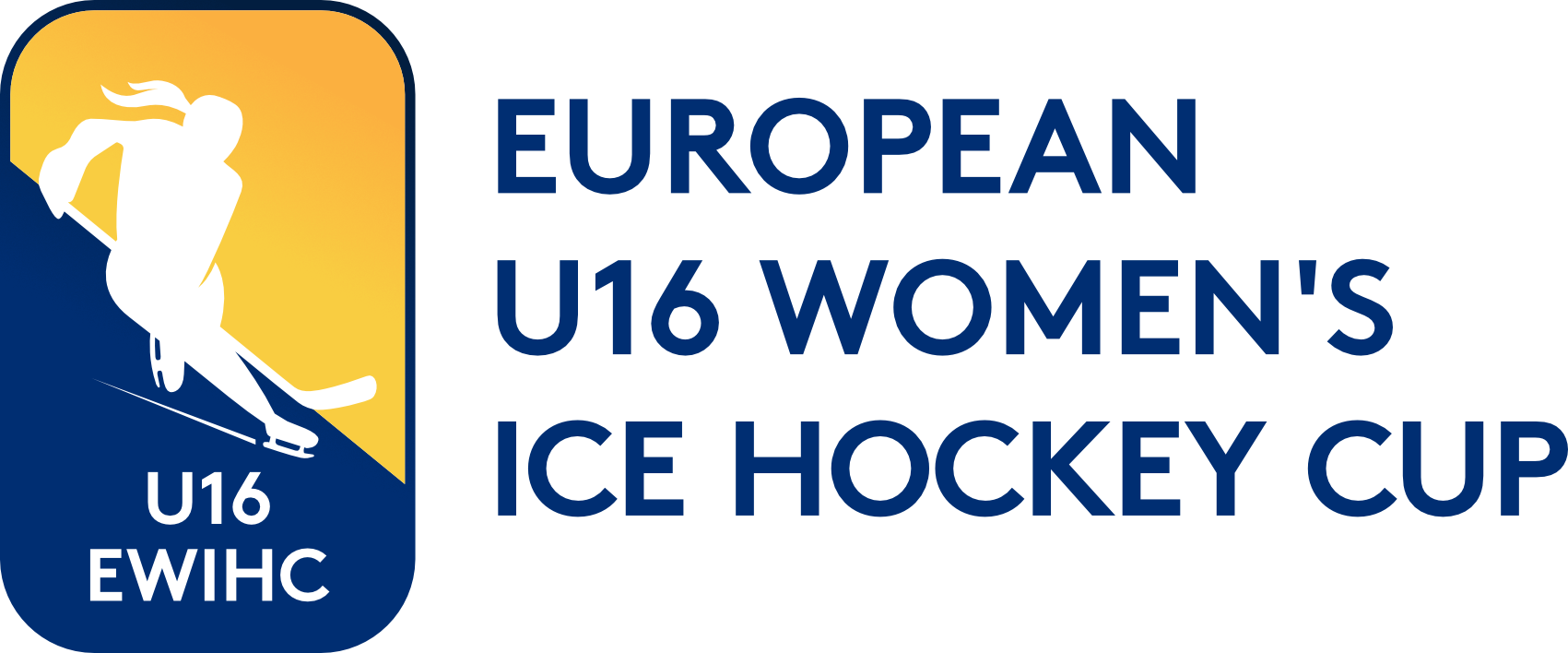
In some leagues the change happened last season in others it was this season, the MOL League went with the times and changed their overtime rules as well to cut down on the number games that went to a shootout. This has had some mixed reviews.
Hockey is always changing and developing, not only the forwards and the defenseman but also the goalies, the equipment is getting larger and larger and it is making it harder for skaters to find ways to put the puck past them. With the talent gap also closing between players more and more games are going into overtime and with a shoot out they are more like an All-Star game than a regular season match up.
These were the reasons why the overtime changes happened in North America and now they have been adopted in the MOL League and the EBEL as well.
During the 2014-15 season the AHL decided to try out a new overtime, the five minutes was changed to seven minutes and after the first stoppage of play after the third minute of OT it would be 3 on 3 hockey. The teams would switch goals again so they would be defending the ones they had in in the second period and thus the benches being farther away.
In the AHL by November there was a positive response to the new overtime format. In 2012-13 just under 25% of games went to a shootout in 2013-14 was up to 27%, 2014-15 the first month of the season had only five games going to a shootout. With the new rules out of 25 OT games 13 were decided in the 4 on 4 part and 12 in 3 on 3.
After the success that the new rules had in the AHL, the NHL general managers took a look at it as well. There were some who were against it saying that it's not worth it over an 82 game schedule, but in the end new rules were adopted.
“I have an observation about the NHL’s new 3 on 3 overtime, it's crazy, people are going to love it,” said Scott Van Pelt of ESPN after Tampa Bay’s 3-2 overtime win against Philadelphia which was decided during the 3 on 3 part of the extra period. The winning goal scorer, Lightning defenceman Victor Hedman loves the idea: “ I’m pretty sure we will see some pretty crazy overtimes during the season, but if we can cut down on the shootouts that's great. There are a lot of skilled players and if they are given space this will be entertaining, and it has been so far.”
However Lightning goalie Ben Bishop had another opinion: “Personally I don’t think this is a fair solution. It's breakaways after breakaway… a shoot out was more fair, this is more of a talent show.”
Of course not only the NHL opinions matter but also the MOL League’s and the EBEL’s as well.
This time last season, 54 games into the season there were 15 overtime games (27.8%) from which 8 games went to a shootout, which is more than half the overtime games. This season if the first 54 games are looked at 10 went to overtime (11 if you take into account the UTE-Fehérvár game that was suspended). Four out of the 10 overtime games went to a shootout, which means that statistically it can be shown that the number of games that have gone to shootout have decreased.
Of the games that were decided in overtime four ended during the 3 on 3 part, which would have gone to a shootout in the old system, once in 4 on 4 and there was a 4 on 3 situation as well when Dunaújváros had a power play against DVTK and Zsolt Azari scored the winning goal.
In seven out of the ten overtime games the team ended up winning that had more shots on net, Brasov and DAB were able to “steal” points from DVTK and Debrecen. DHK had an overtime win where the winning shot gave both teams the equal number of shots on net for the game.
It is a different question of what does the game look like from the outside, with one less player on the ice for each team, the overtime has a game of pick up hockey feeling to it, with a lot of open ice to work with and there are more shooter vs goalie one on one situations as Bishop had mentioned.
The Lightning coach Jon Cooper took more of a PC approach the new OT, “We have our initial opinions but I’m sure that will change as the season goes on. We will need to develop a system to defend on the 3 on 3, in the 5 on 5 it is easier to cover up your mistakes, here teams can take advantage of the mistakes very easily.”
And what has the consensus been on Hungarian ice?
“It really opens things up, most teams don't really practice it so it's kind of freestyling out there, it's a lot of fun, really high risk high reward kinda scenario,” said Bronson Kovács who scored the first overtime goal of the season on a 3 on 3 during the second game of the season against MAC at 64:07. “It's been really back and forth the couple times we have played it. With regards to my goal I just remember coming up the ice with Vaszjunyin, on a 2 on 2, he took it out wide and created some space for me, I just tried to find a soft spot in the slot and he found me, I just tried to get a quick shot off and thankfully it had eyes and found the back of the net.”
Jeff Hayes of MAC Budapest had similar opinion who scored on the 3 on 3 when MAC hoster Fehérvár AV19. “I love it, there's a lot of room to make plays and I think it's exciting for the players and the fans,” Hayes also recalled his goal. “It was a faceoff in their end, Quinn came down the wall with the puck and behind the net and passed it to Saarenpaa and I just skated right down the slot and one timed the pass glove side.”
Of the six overtime games Gergely Kincses was the ref for two of them. Of course, this has nothing to do with the outcome of the games, however, his opinion is interesting either way: “The first couple of times there were people that were not completely familiar with the new rules, when does the field go from 4 on 4 to 3 on 3, etc. The point is that the games are a lot more entertaining and there are more breakaways which is great. Players still have to work to create the chances, they don't just happen.”